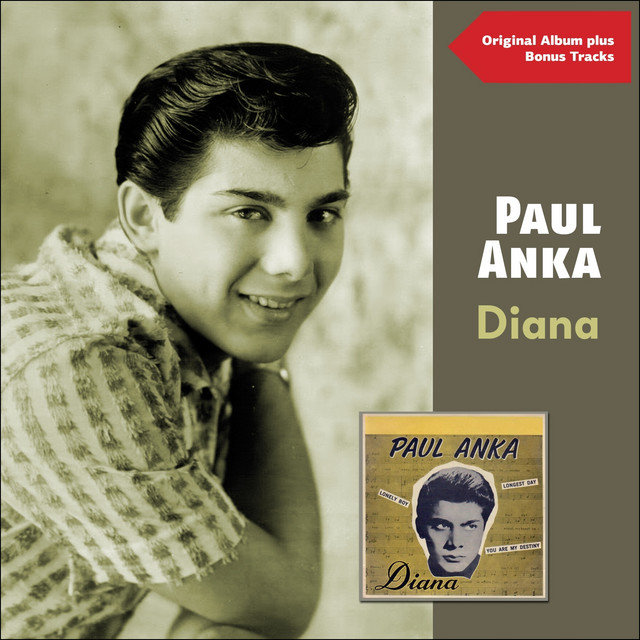Introduction:
“Diana” by Paul Anka is a timeless ballad that has captivated audiences for decades with its heartfelt lyrics, melodious composition, and evocative portrayal of teenage romance. Released in 1957, this iconic song catapulted Paul Anka to stardom and solidified his place as one of the most influential voices of the era. In this extensive exploration, we delve into the origins, musicality, and enduring appeal of “Diana,” examining its impact on the landscape of popular music and its timeless resonance with listeners worldwide.
Origins and Inspiration:
Composed by a young Paul Anka at the tender age of 15, “Diana” was inspired by a crush he had on a girl named Diana Ayoub, who attended the same church as him. Anka’s infatuation with Diana served as the catalyst for the creation of this iconic song, which he wrote in his parents’ living room in Ottawa, Canada. With its heartfelt lyrics and plaintive melody, “Diana” captured the essence of teenage longing and unrequited love, striking a chord with audiences around the world.
Musicality and Composition:
“Diana” is characterized by its simple yet effective musical arrangement, featuring Anka’s smooth vocals accompanied by a gentle guitar melody and understated orchestration. The song’s tender refrain, “Oh, my darlin’, oh, my lover / Tell me that there is no other,” conveys a sense of yearning and vulnerability that resonates with listeners of all ages. Anka’s soulful delivery and heartfelt emotion add depth and authenticity to the song, elevating it to the status of a timeless classic.
Lyricism and Storytelling:
At its core, “Diana” is a heartfelt plea for love and affection, as the narrator expresses his longing for the object of his affection. Through its poignant lyrics and evocative imagery, the song captures the bittersweet emotions of teenage infatuation, from the ecstasy of newfound love to the anguish of unrequited longing. Anka’s earnest portrayal of youthful yearning and vulnerability imbues “Diana” with a timeless appeal that transcends the boundaries of time and space.
Cultural Impact and Enduring Legacy:
Upon its release in 1957, “Diana” became an instant sensation, topping the charts in both the United States and Canada and earning Anka widespread acclaim and recognition. Its universal themes of love and longing struck a chord with audiences around the world, cementing its status as a beloved classic of the rock and roll era. Over the years, “Diana” has been covered by numerous artists and featured in films, television shows, and commercials, ensuring its enduring legacy in the annals of popular music.
Conclusion:
“Diana” by Paul Anka remains a timeless testament to the power of music to evoke emotions, stir memories, and transcend the passage of time. With its heartfelt lyrics, melodious composition, and soulful delivery, the song continues to captivate audiences of all ages, serving as a poignant reminder of the universal experience of love and longing. As listeners continue to be enchanted by its timeless charm and evocative storytelling, “Diana” stands as a timeless tribute to the enduring magic of romance and the enduring legacy of one of the greatest love songs of all time.
